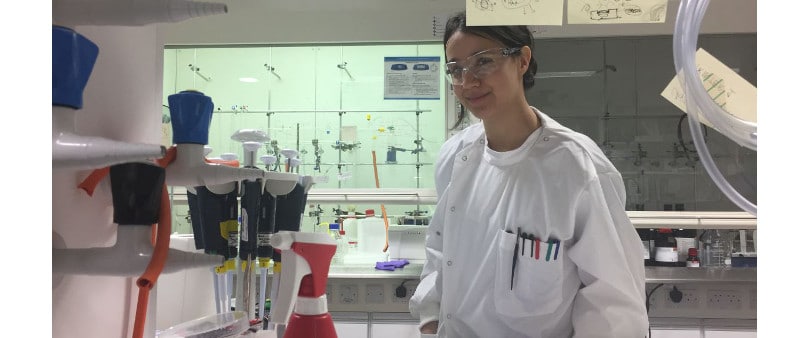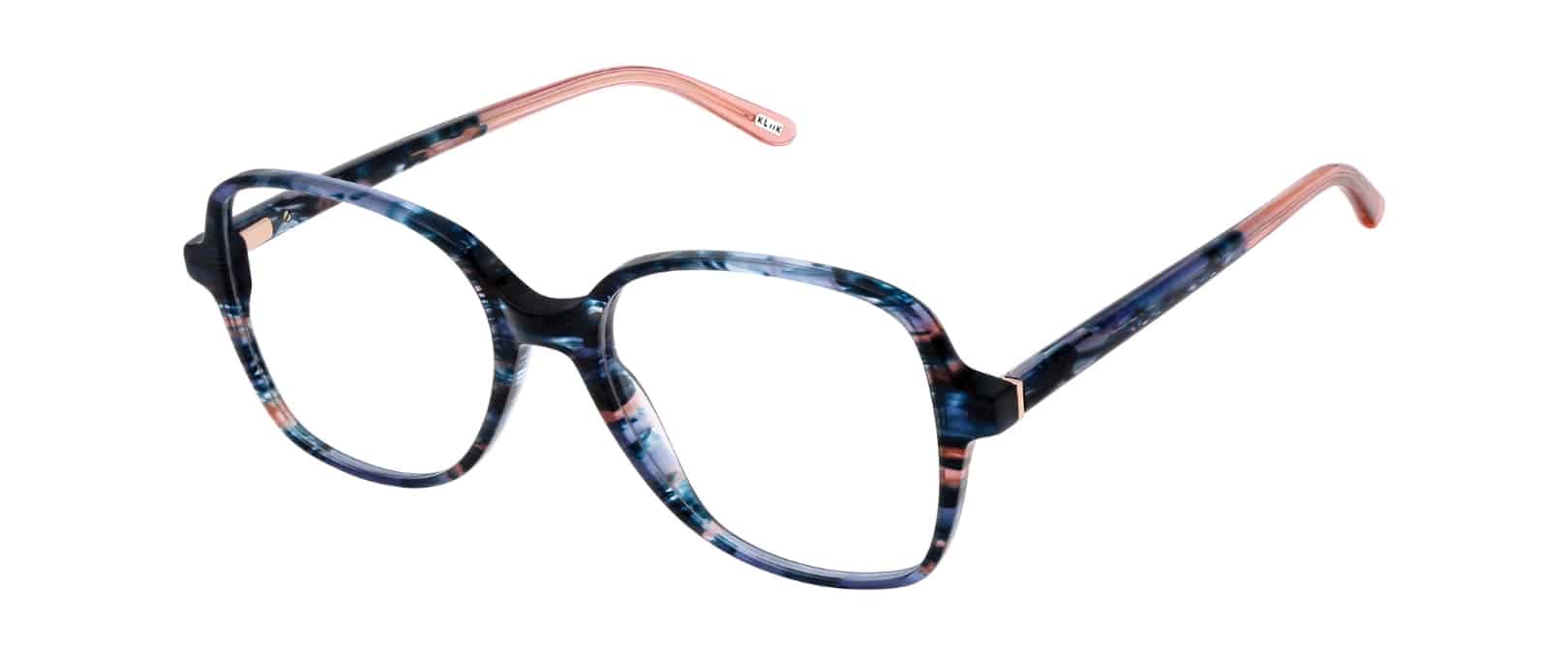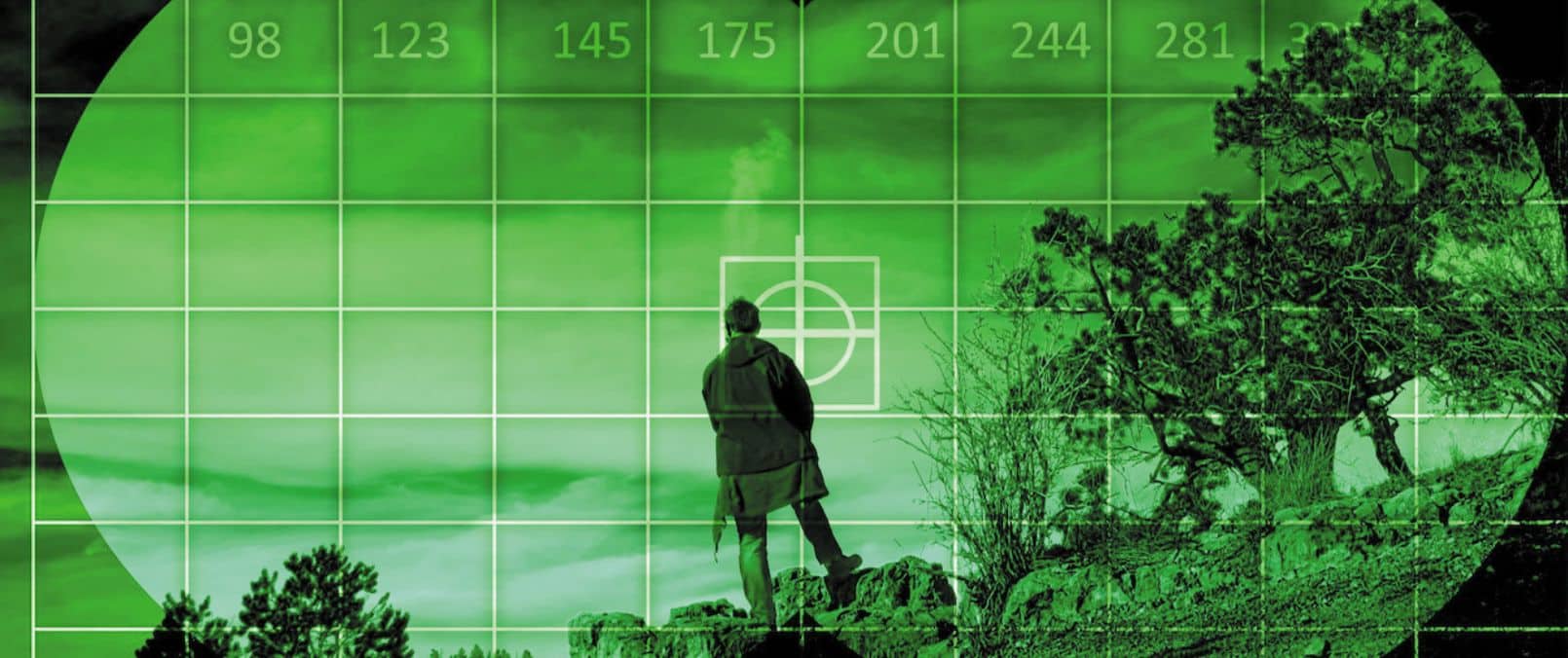Oxford Student Creates Synthetic Retina
Thursday, June 8 2017 | 00 h 00 min | Vision Science
Vanessa Restrepo-Schild, a 24-year old doctoral student at the Oxford Department of Chemistry, created a soft, double-layered retina out of a combination of biological and synthetic materials.
The “cells” are constructed from hydrogel (a soft, flexible polymer which is 90% water) droplets coated in cell membrane proteins. The performance of the prototype device, a 4×4 array of 16 “pixels,” was published in the April 2017 issue of Scientific Reports.
Like real retinal cells, these synthetic cells can detect light and changes in light and convert that into electronic signals, creating a grey-scaled image.
By using biologically friendly materials, the goal is to create a device less invasive than existing artificial retinal implants and less likely to produce adverse reactions like inflammation or scarring. “The human eye is incredibly sensitive, which is why foreign bodies like metal retinal implants can be so damaging, leading to inflammation and/or scarring. But a biological synthetic implant is soft and water based, so much more friendly to the eye environment,” says Restrepo-Schild.
The device has so far only been tested in laboratory conditions, but Oxford University reports that it has applied for a patent and work is ongoing to adapt the technology to a bionic implant for animal and eventually human clinical trials.
More information: http://www.ox.ac.uk/news/2017-05-04-oxford-student-creates-first-synthetic-retina








